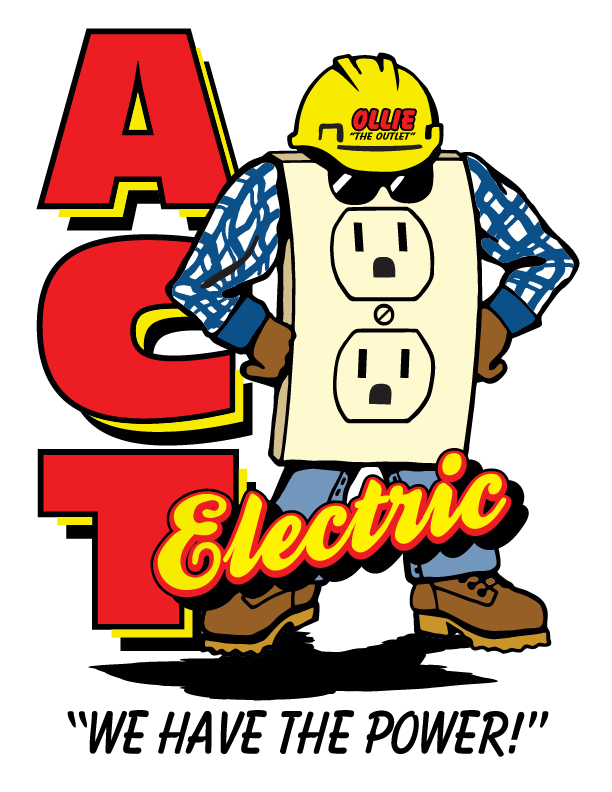Understanding Basic Electrical Components
Understanding the basics of how electrical components can help you feel more confident in problem-solving and knowing when to reach out for help.
Homeowners depend on electricity to keep everything running smoothly. Without it, the lights won't come on, the HVAC unit won't work, and the house will generally be uncomfortable. The power can go out for various reasons. It could be because of something relatively minor like a tripped breaker or a more significant issue like a storm passing through the area. It's therefore essential to have some basic knowledge of the electrical system in case there is a power outage. Discover what there is to know about the home electrical components.
Home electrical system
First, begin by following the current path to understanding the electrical system in the home. In most cases, the power lines are connected to the house through a service mast, which is found against one side of the house. However, the main power line may be located underground in some instances.
Power lines must first pass through a meter box for electricity to pass into the house. This is the box that collects data on power consumption. With the electricity now in the home, let's explore the main components of the system:
Disconnect switch
Some residential electrical systems have a dedicated disconnect switch mounted on an exterior wall near the meter. This switch allows homeowners to disconnect the power in the event of a fire or a flood when it could be unsafe to have the electricity running. If the system doesn't have a separate disconnect switch, the home's main circuit serves as the system's disconnect area.
Main service panel
This panel is commonly referred to as a fuse box or a breaker box. Also, it consists of a large box with a hinged cover. The service panel serves as the distribution center for the power used in the home. It has a main switch and other smaller switches that manage different circuits.
Sub-panel
Some houses require additional service panels, which are also called sub-panels. These boxes distribute electricity to various circuits and can be placed in a garage workshop or a pool house.
Electrical cables
Commonly used in residential applications, the electrical cable is known as Romex cable is a non-metallic cable with flexible plastic sheathing. It's often color-coded to provide information on its use.
This cable's white or light-gauge version is commonly used for lighting circuits. It can also be used for 20- and 15-amp applications. There are typically three wires inside this cable type: a ground wire, a neutral wire, and the hot wire.
For large appliances such as clothes dryers, electric heaters, and cooling systems, the electrical cable will differ from those used by smaller items like kettles.
Contact a licensed electrician
As important as it is to learn the primary components of the home electrical system, it's essential to call a licensed electrician if anything goes wrong. Electricity can be hazardous and should be handled by a professional.
ACT Electric is a full-service residential and commercial electrical contractor company specializing in electrical installation, repairs, and upgrades, electrical troubleshooting, electrical remodeling, electrical home inspection, and electrical retrofitting. We always prioritize customer comfort and safety. Give us a call at (480) 986-1722 today!

